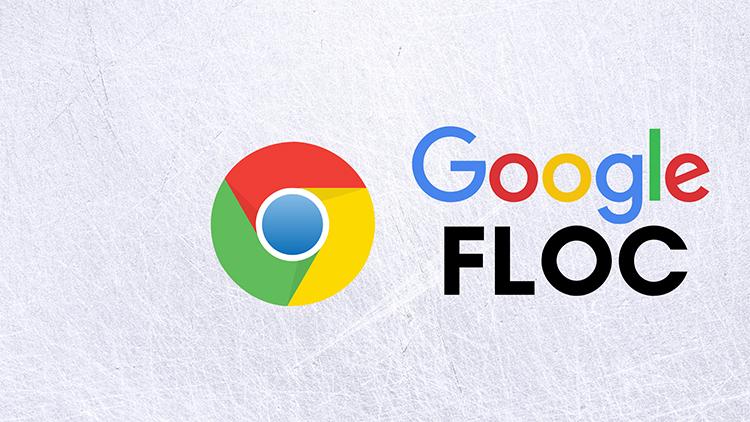
The Google FLoC (Federated Learning of Cohorts) model is part of Google's broader initiative to address online privacy while still allowing for targeted advertising.
Here's a brief overview of how the FLoC model got started:
Privacy Concerns and Third-Party Cookies: In recent years, there has been growing concern over online privacy and the widespread use of third-party cookies for tracking users across the web. Third-party cookies enable the collection of data for targeted advertising but also raise privacy issues.
Google's Privacy Sandbox: In response to these concerns, Google announced its "Privacy Sandbox" initiative in 2019. The Privacy Sandbox is a set of proposals and technologies aimed at improving user privacy in the online ecosystem while preserving the ad-supported web.
Third-Party Cookies Phase-Out: As part of the Privacy Sandbox initiative, Google announced that it planned to phase out third-party cookies in its Chrome browser, which is one of the most widely used web browsers. This announcement sparked discussions and efforts to find alternative solutions for targeted advertising that respect user privacy.
Development of FLoC: Federated Learning of Cohorts, or FLoC, was introduced as one of the key proposals within the Privacy Sandbox. It was developed as a way to provide advertisers with the ability to target audiences based on their interests and behaviors while protecting individual user data.
Cohort-Based Targeting: FLoC uses machine learning algorithms to group users into cohorts based on their browsing behavior and interests. Each cohort consists of a large number of users with similar interests. Advertisers can then target these cohorts rather than individual users, reducing the exposure of personally identifiable information.
Testing and Feedback: Google initiated trials and testing of FLoC in Chrome to gather feedback from users and advertisers. This testing phase allowed Google to refine the technology and address concerns.
Ongoing Discussion and Debate: FLoC's development and deployment have been the subject of ongoing discussion and debate. Privacy advocates and some industry players have expressed concerns about its effectiveness in preserving user privacy and its potential implications for online advertising.
Opt-In Approach: Google has emphasized an opt-in approach for users, allowing them to choose whether to participate in the FLoC system. This means users can decide whether they want to be part of cohort-based targeting.
The development and implementation of FLoC are part of Google's broader effort to find a balance between user privacy and the needs of advertisers in an evolving digital landscape. The technology is still evolving, and its impact and acceptance within the tech and advertising industry remain topics of ongoing scrutiny and discussion.
Thank you.